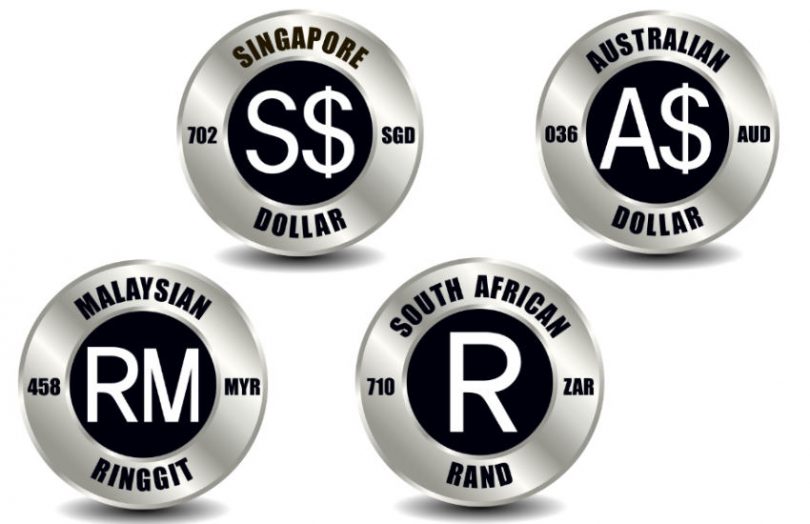Today Project Dunbar, the multi-central bank digital currency (m-CBDC) project for cross border payments, published its first report. The goal of the initiative is to reduce the costs and inefficiencies in cross border payments. Participants in the project include the BIS and the central banks of Singapore, Malaysia, South Africa and Australia. A key question raised is whether central banks would allow foreign banks to hold their CBDCs directly or whether they’d require a local sponsoring bank to hold it on their behalf.
“A common platform is the most efficient model for payments connectivity but is also the most challenging to achieve,” said Andrew McCormack, Head of the BIS Innovation Hub Centre in Singapore. “Project Dunbar demonstrated that key concerns of trust and shared control can be addressed through governance mechanisms enforced by robust technological means, laying the foundation for the development of future global and regional platforms.”
This latter point is one of the three key policy questions raised:
- Which entities should be allowed to hold and transact with CBDCs issued on the platform?
- How could the flow of cross-border payments be simplified while respecting regulatory differences across jurisdictions?
- What governance arrangements could give countries sufficient comfort to share critical national infrastructure such as a payments system?
Direct or hybrid CBDC?
Like other m-CBDC projects conducted so far, Project Dunbar is a wholesale project to enable commercial banks to make payments.
In many countries, only domestic banks can hold local currency accounts and they hold accounts on behalf of foreign banks. Hence for a “hybrid” m-CBDC only domestic banks could access the local CBDC, with foreign banks needing to go via a domestic bank. As one of the objectives of an m-CBDC is to improve efficiencies and get around the problems associated with the correspondent banking system, this approach seems unsatisfactory. However, CBDC systems are automated, so it’s possible this process could be too.
Having a “direct” m-CBDC where foreign banks are allowed to hold the domestic CBDC might require significant changes in laws and harmonization across jurisdictions.
Apart from design and governance, there were two technical projects, one based on R3’s Corda and the other using the Partior platfrom, a multi-currency domestic payments system being developed in Singapore where JP Morgan is a co-founder.
The paper concluded with a fairly long list of additional topics to explore. This includes potential applications beyond cross border payments, such as digital asset trading, conditional payments and trade finance.
Another high profile m-CBDC project is the MBridge project involving the central banks of Hong Kong, China, Thailand and the UAE.







